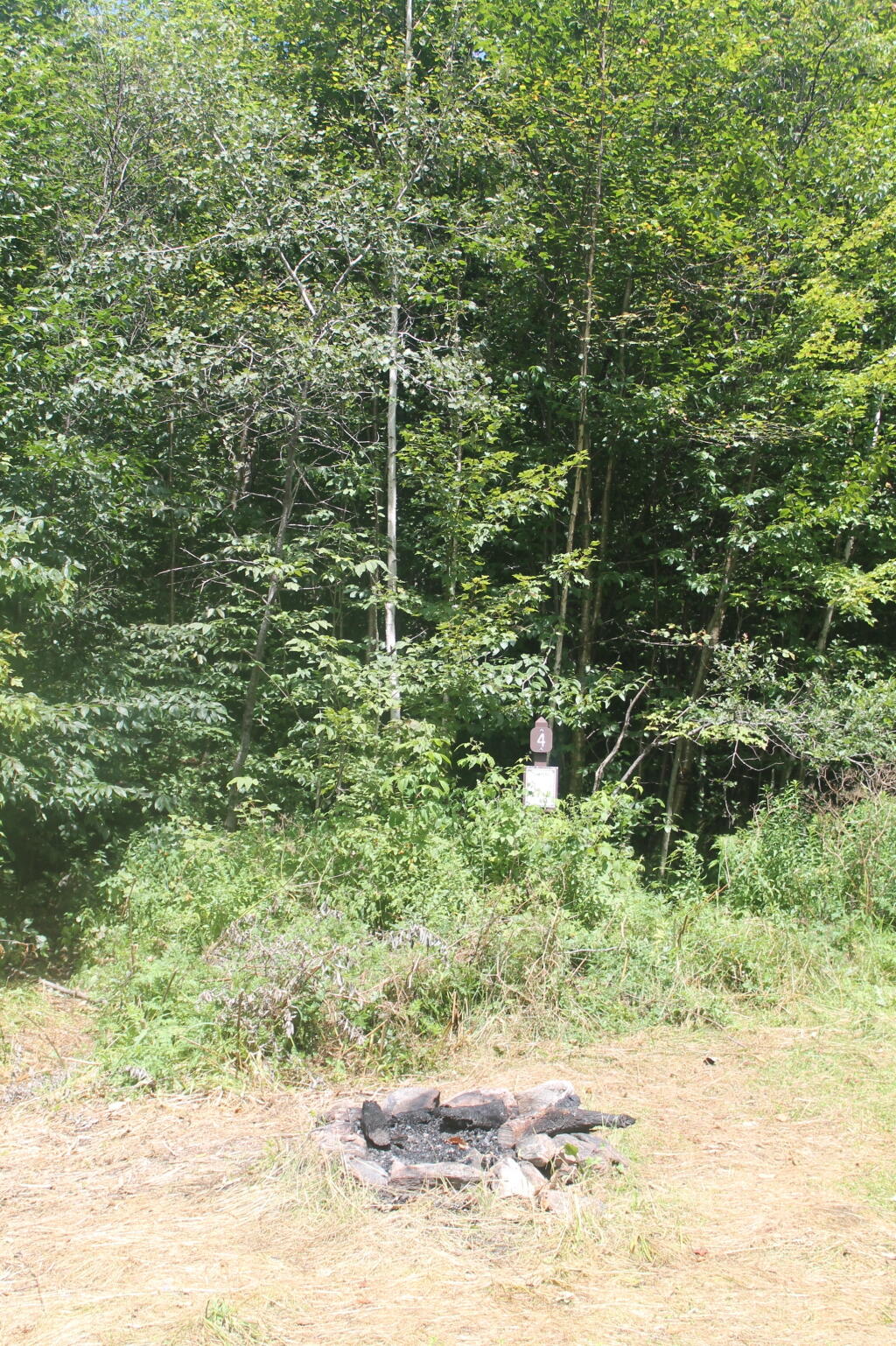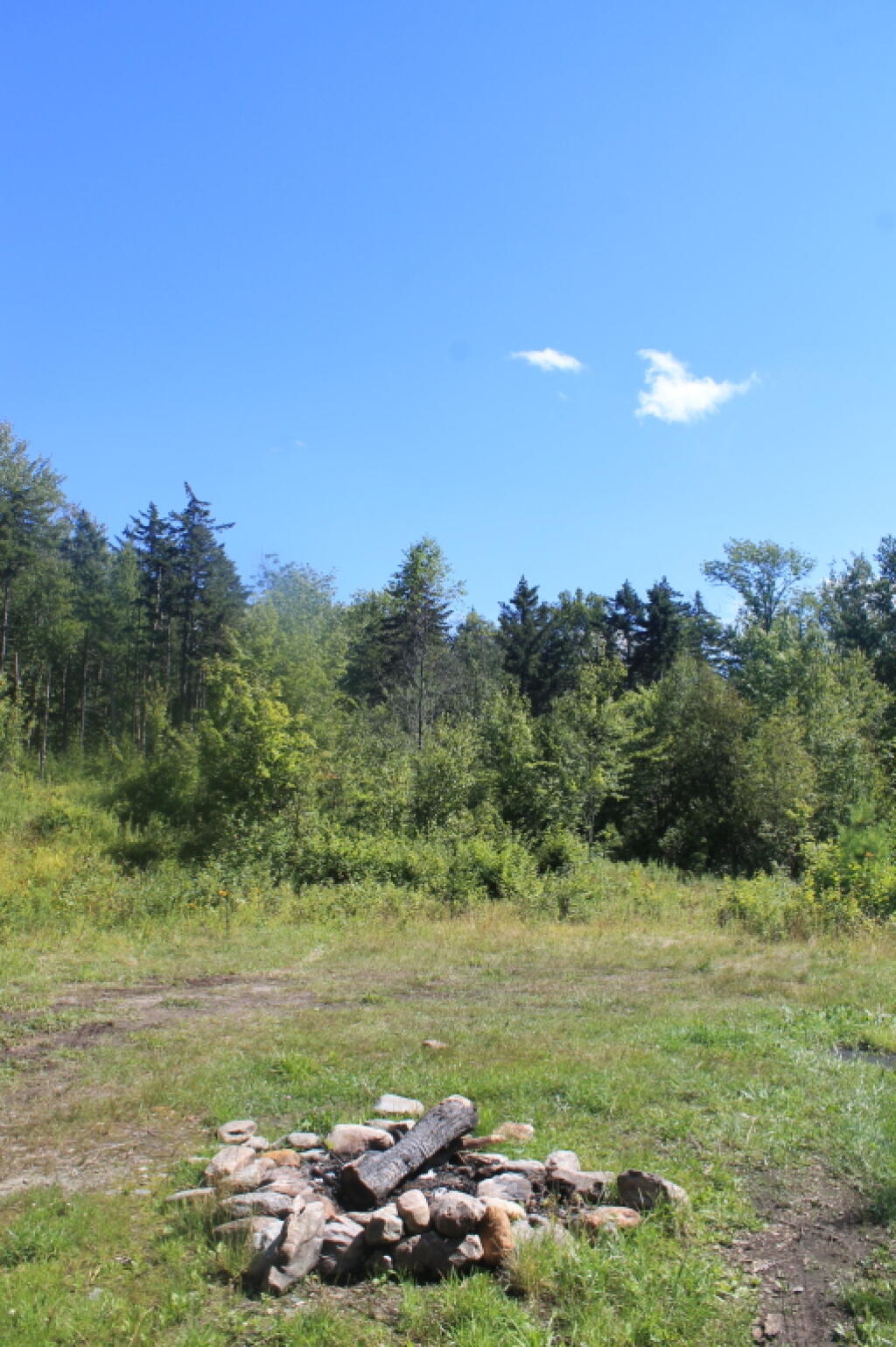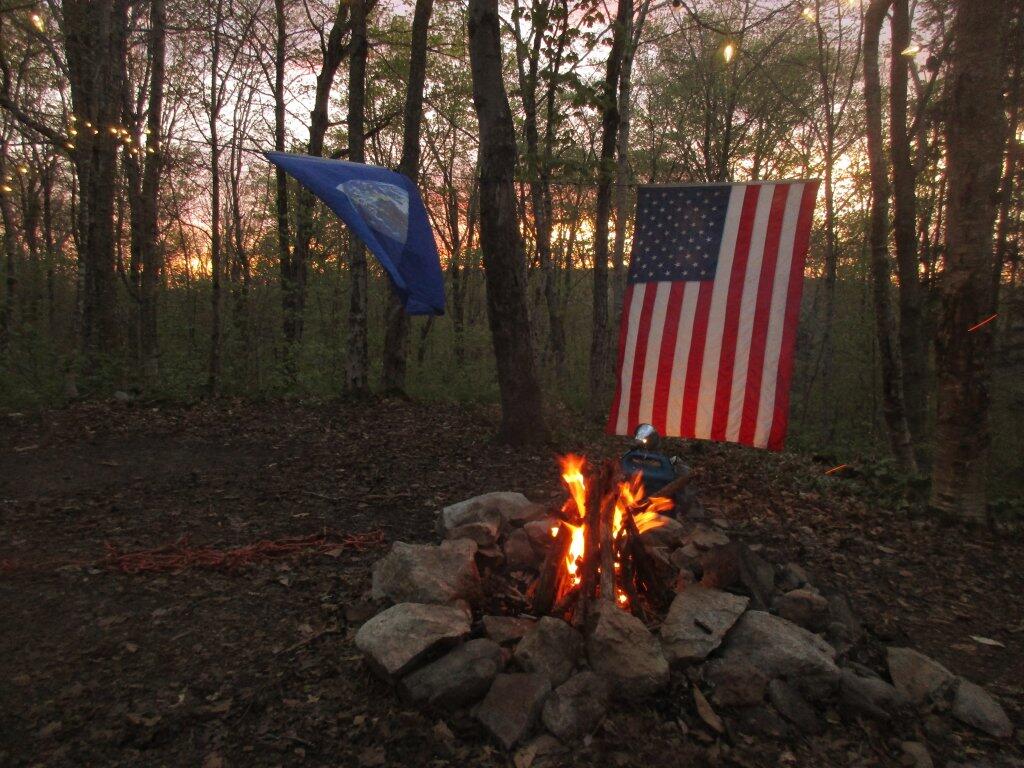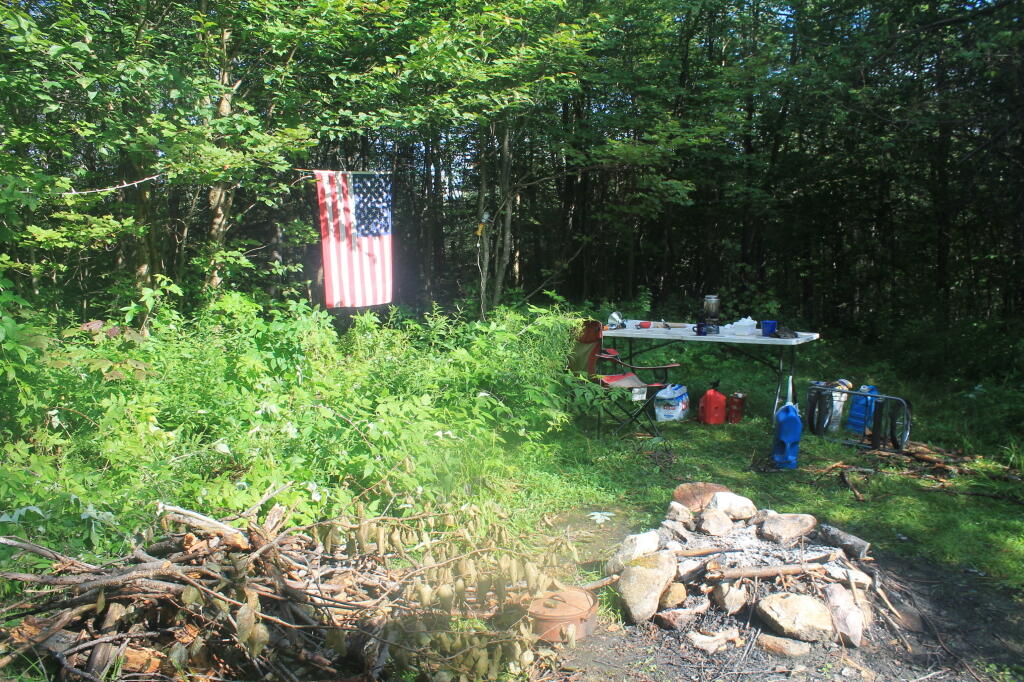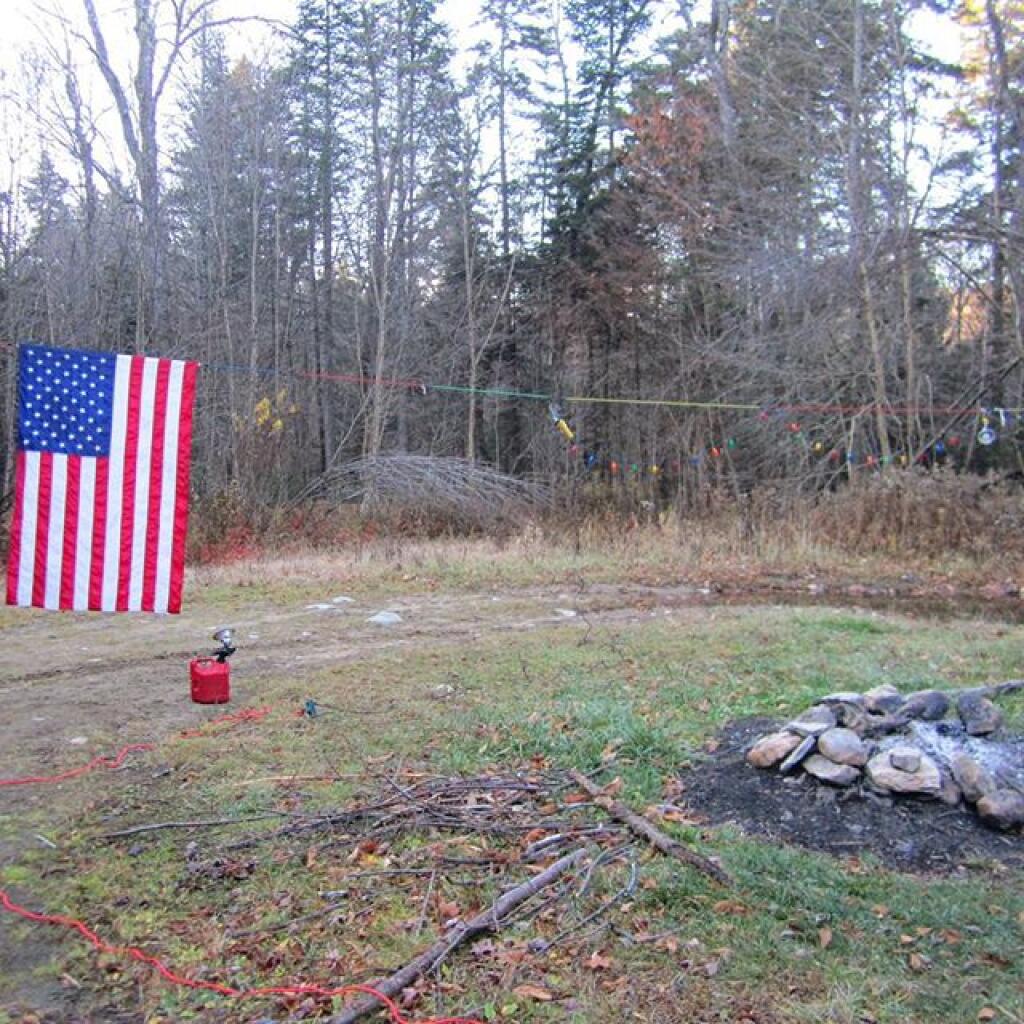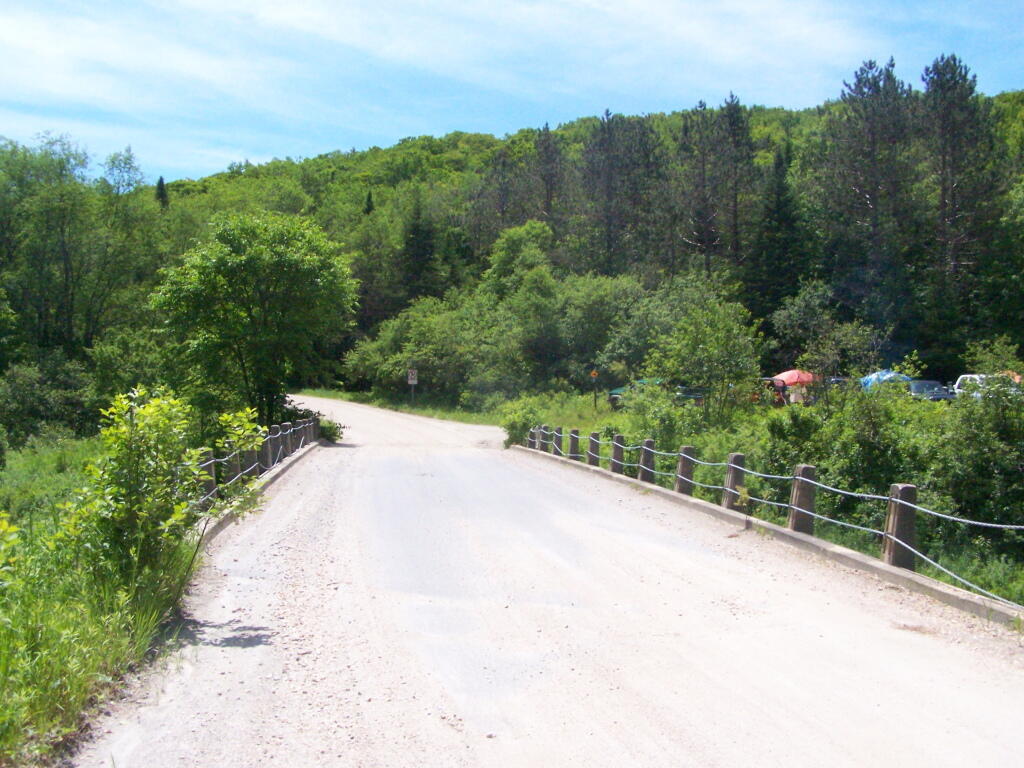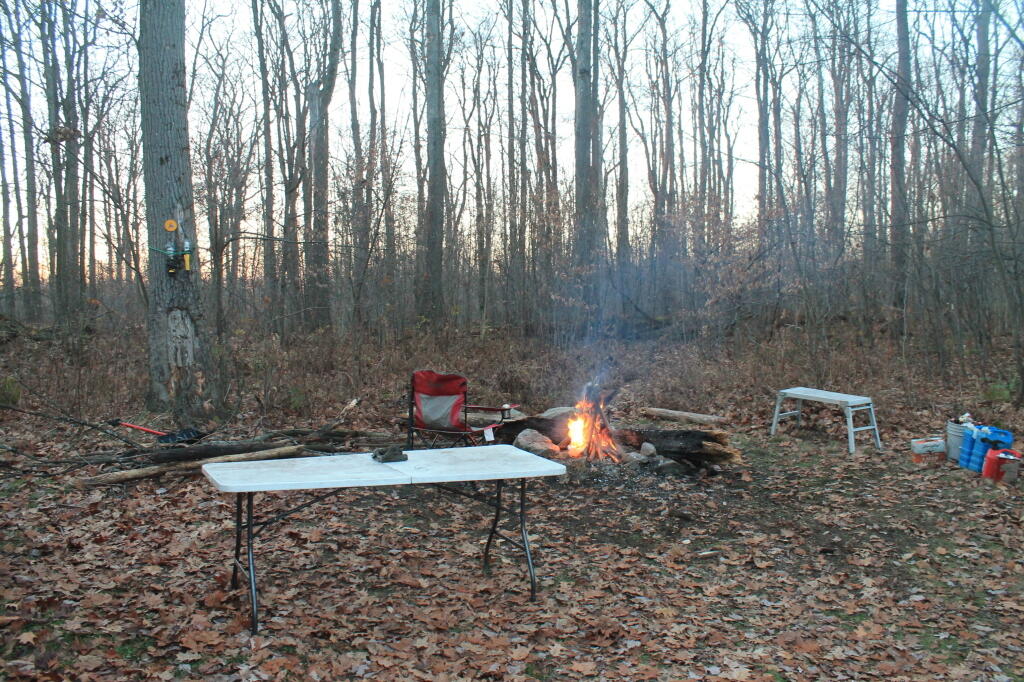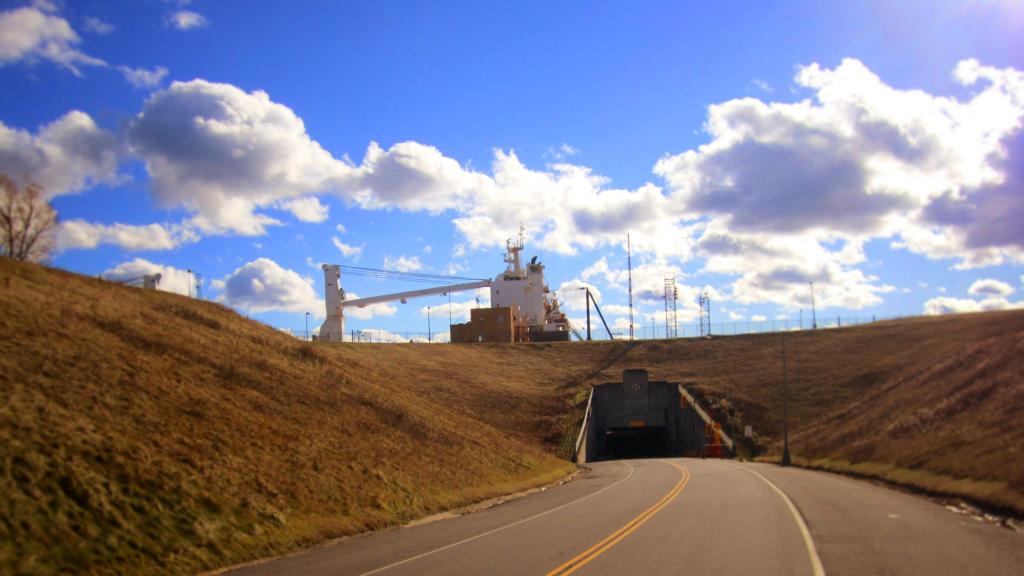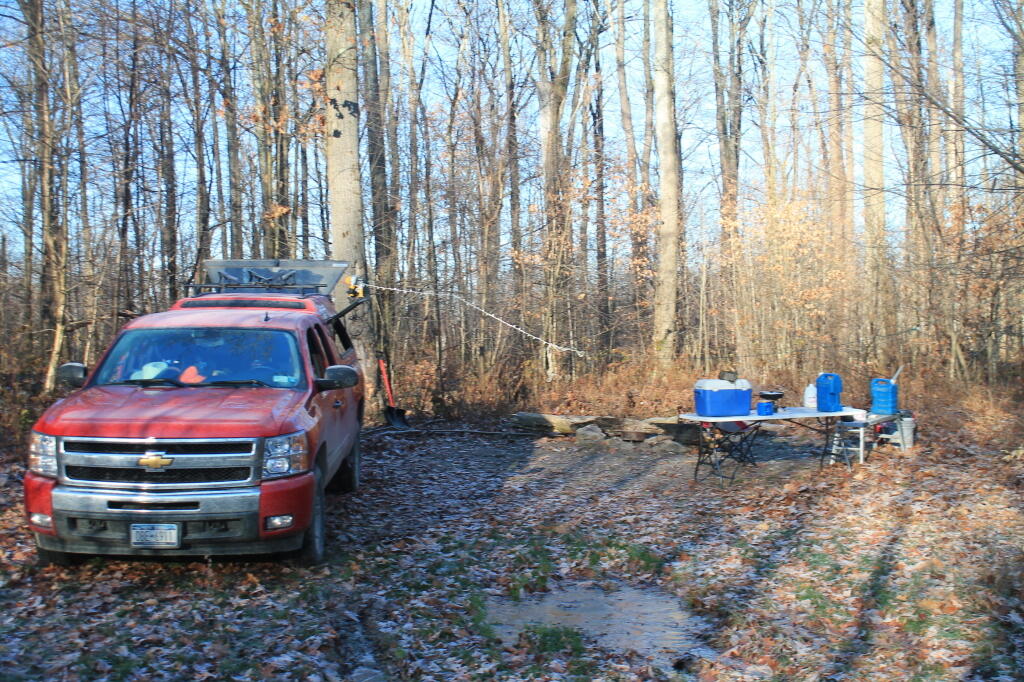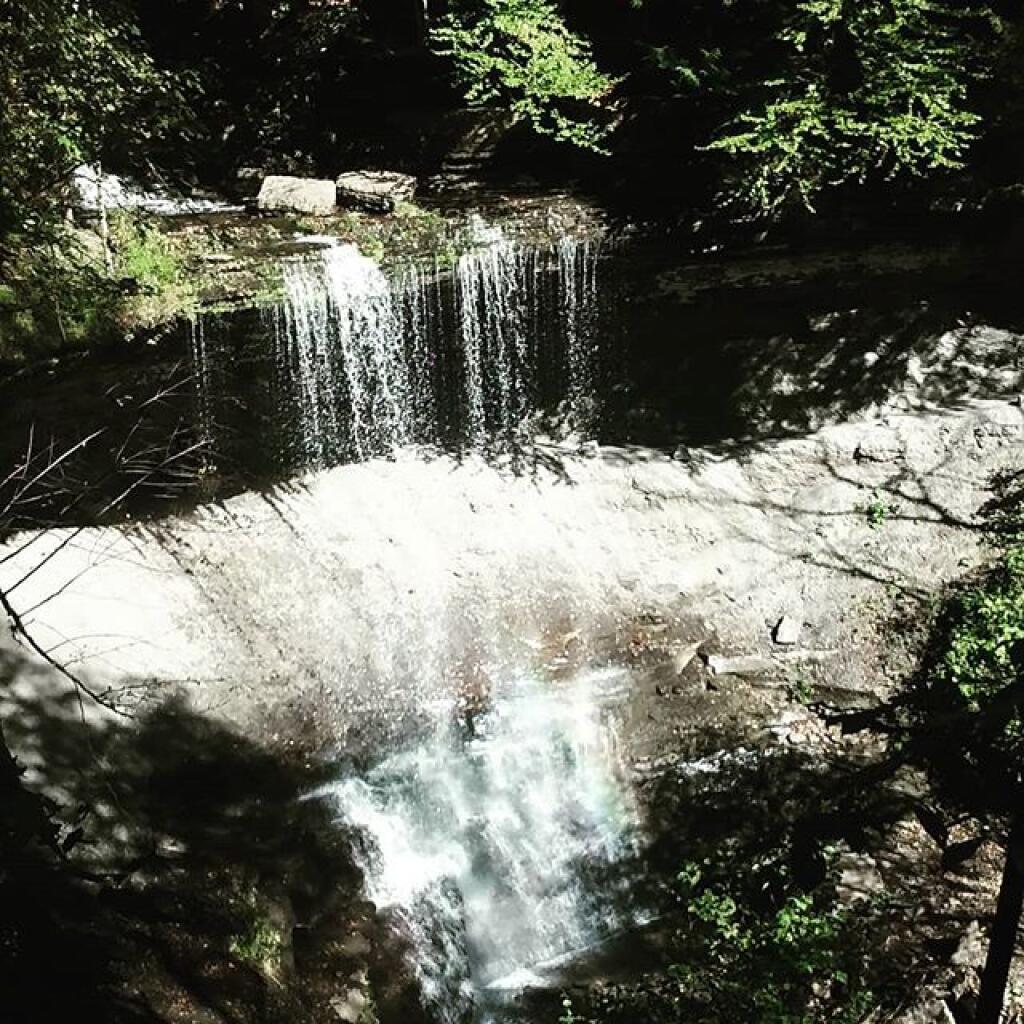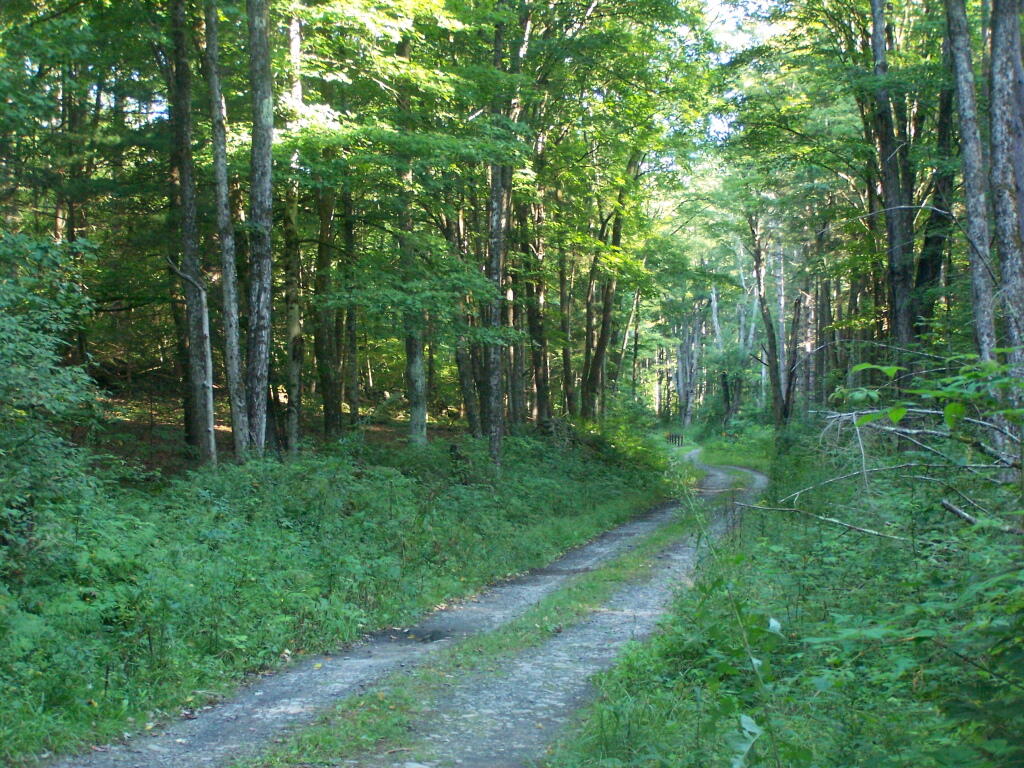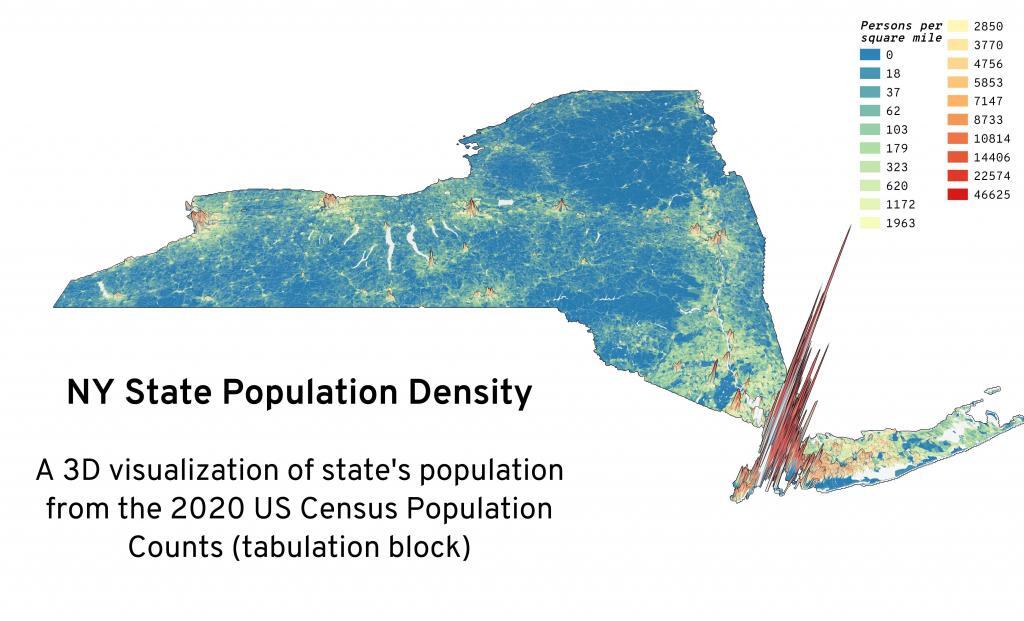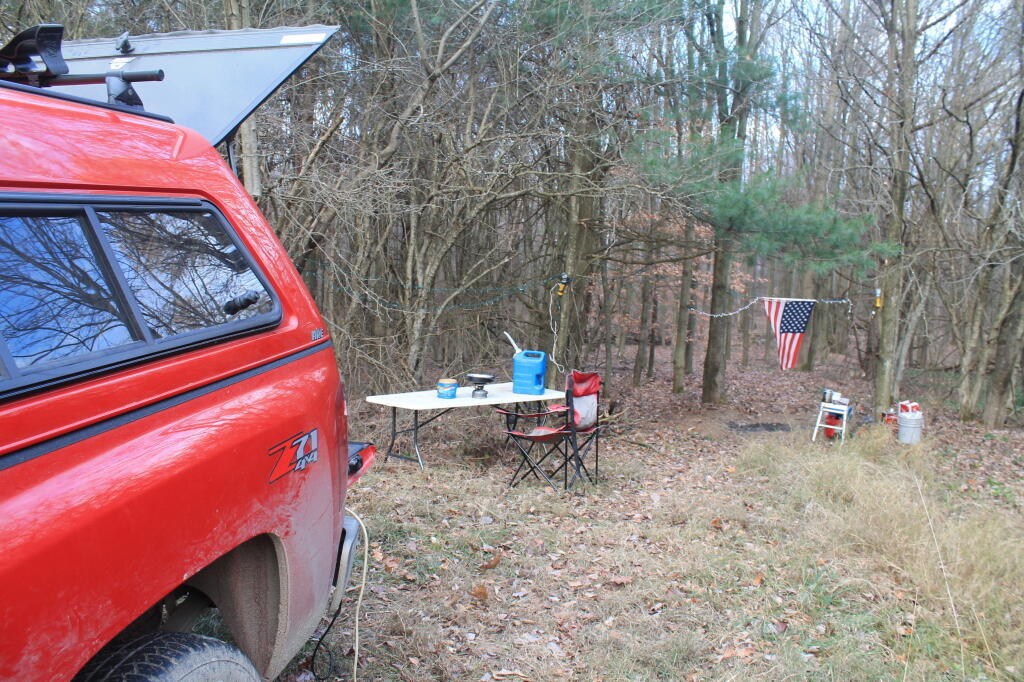Green Mountain National Forest Camping 🏕
Here is a full-screen interactive map, that uses the official forest service maps as a backdrop. You will need to zoom in to see the individual roads.
In the Green Mountain National Forest there are a variety of back country roads, offering primitive roadside camping.
- Campsites are free to use, and have no facilities except for a fire ring and a pull-off from the road, and sometimes a site reinforced with gravel.
- As noted below, some campsites have additional facilities.
- Don’t make a mess of campsites, pack out any garbage left over.
- Burn only dead and down trees, don’t bring in wood from out of state.
- You can camp up to 14 days per 30 day period in Green Mountain National Forest — no permits are required.
Here is a listing of the campsite coordinates in a spreadsheet (Green Mountain tab). Please note, these coordinates are not exact as they are drawn based on memory.
Please see also information on dispersed, roadside and back-country camping in New York State, Pennsylvania and West Virginia.
The below descriptions of camping areas from the Green Mountain National Forest’s webpage, General Forest Camping.
North Half of the Green Mountain National Forest
Note: You must zoom in to see individual roads on above interactive map. Campsite locations were added by hand-digitizing and are not exact.
Austin Brook Road: There are three easily accessible campsites by Austin Brook on Forest Road 25 in Warren. They are all within 0.25 mile of State Route 100.
Bingo: Forest Road 42 in Rochester runs alongside a mountain stream; camping is allowed at designated sites only. These 10 campsites are available on a first-come, first-served basis. There is a limit of 10 people per site. Check the Bingo Brook bulletin board for designated site locations and other site limitations.
Downingville: There is one secluded site in a small clearing near a mountain stream on Forest Road 291 in Lincoln.
Fay’s Meadow: There are a few sites in an open meadow in Forest Dale. Please do not drive on the meadow because a farmer mows the hay from it. There is a stream for wading and fishing at the north end of the meadow.
Goshen Brook Road: There are a few campsites in and around an open area just beyond the turnaround at the very end of Forest Road 67 in Ripton.
Kettle Brook: A small meadow site at the end of Furnace Brook Road in Pittsford.
Michigan Brook Road: Forest Road 35 in Pittsfield provides many camping opportunities in the woods and along Michigan Brook. The road is not recommended for low clearance vehicles.
New Haven River: There are a few campsites next to the New Haven River at Emily Proctor and Cooley Glen trailhead, on Forest Road 201 in Lincoln.
Romance Header: A large meadow campsite at the end of Forest Road 224 in Forest Dale. A stream lies to the southeast of the meadow.
Sparks Landing: There is one site in a small meadow on Forest Road 233 in Lincoln. There is good fishing in Sparks Brook, which lies just south of the meadow.
Steam Mill Clearing: There is a large open field on both sides of Forest Road 59 at the Skylight Pond Trailhead in Ripton.
Texas Gap: These old fields and side roads on Forest Road 39 in Hancock offer many camping opportunities.
White River & Gulf Brook Roads: Secluded camping, open fields, and beautiful views are offered from the abundance of primitive campsites found along Forest Roads 55 & 101 in Granville.
South Half of the Green Mountain National Forest
Note: You must zoom in to see individual roads on above interactive map. Campsite locations were added by hand-digitizing and are not exact.
Branch Pond Road: Several sites on this road off of Kelley Stand offer good camping opportunities.
Forest Road 71: This forest road stretches from the old Somerset airfield to the Kelley Stand Road. Campsites can be found in various spots along the way, and along some of the forest roads leading off of Forest Road 71.
Forest Road 74: This forest road is a little less remote than other roadside camping opportunities. Off Vermont Route 9, it dead-ends a couple miles in. Campsites are found unevenly spaced along the way. This area fills up early as it’s one of most accessible.
Kelley Stand Road: Connects the towns of Arlington to West Wardsboro, traveling along an unpaved forest road. A handful of campsites are avaliable on this road, many of the sites along Roaring Brook are permanetly closed.
Old Job: Off Forest Road 30 there are a few camping opportunities; an open area along FR 30, and both an open field area and a site near Lake Brook at the end of FR 30.
Somerset Airfield Campground is a small primitive campground along Forest Road 71. There is a pit-privy and fireplaces in this field camping area. Also popular is Castle Brook Road, near the Deerfield River. This area fills up early, and is known for rowdy crowds but is good if you have a big camper.
